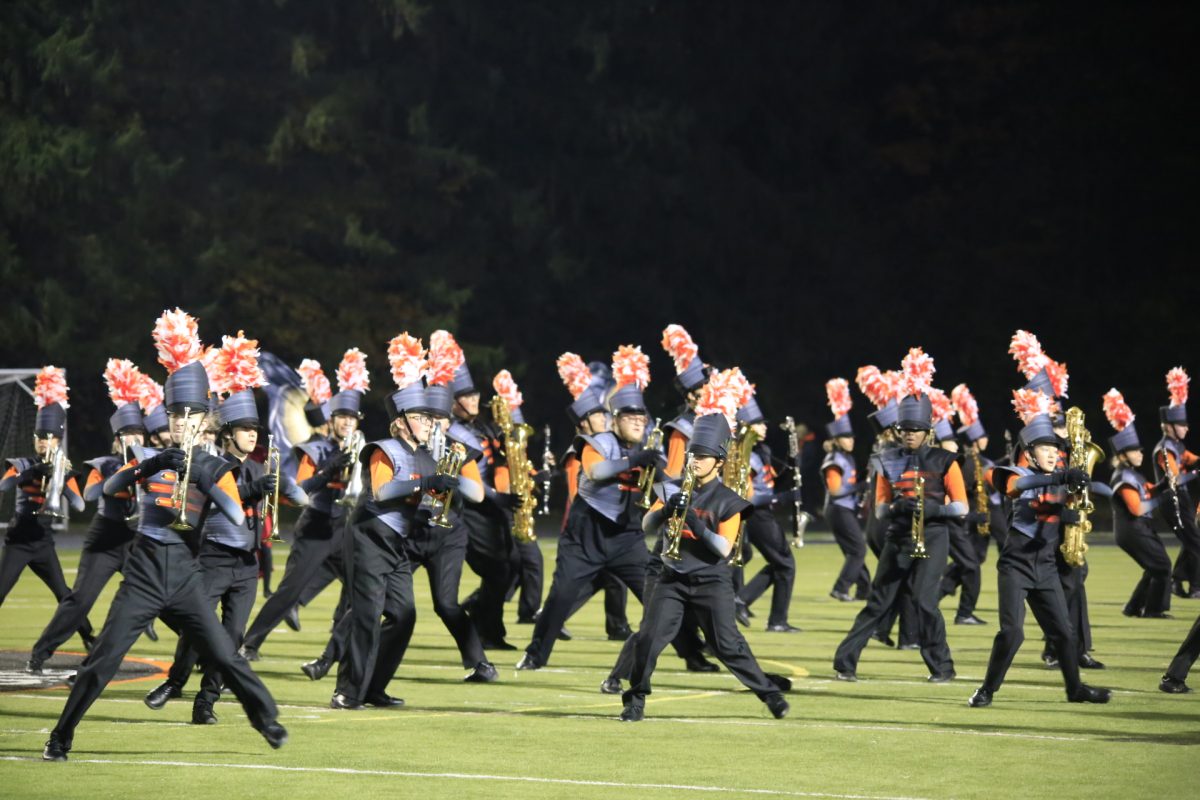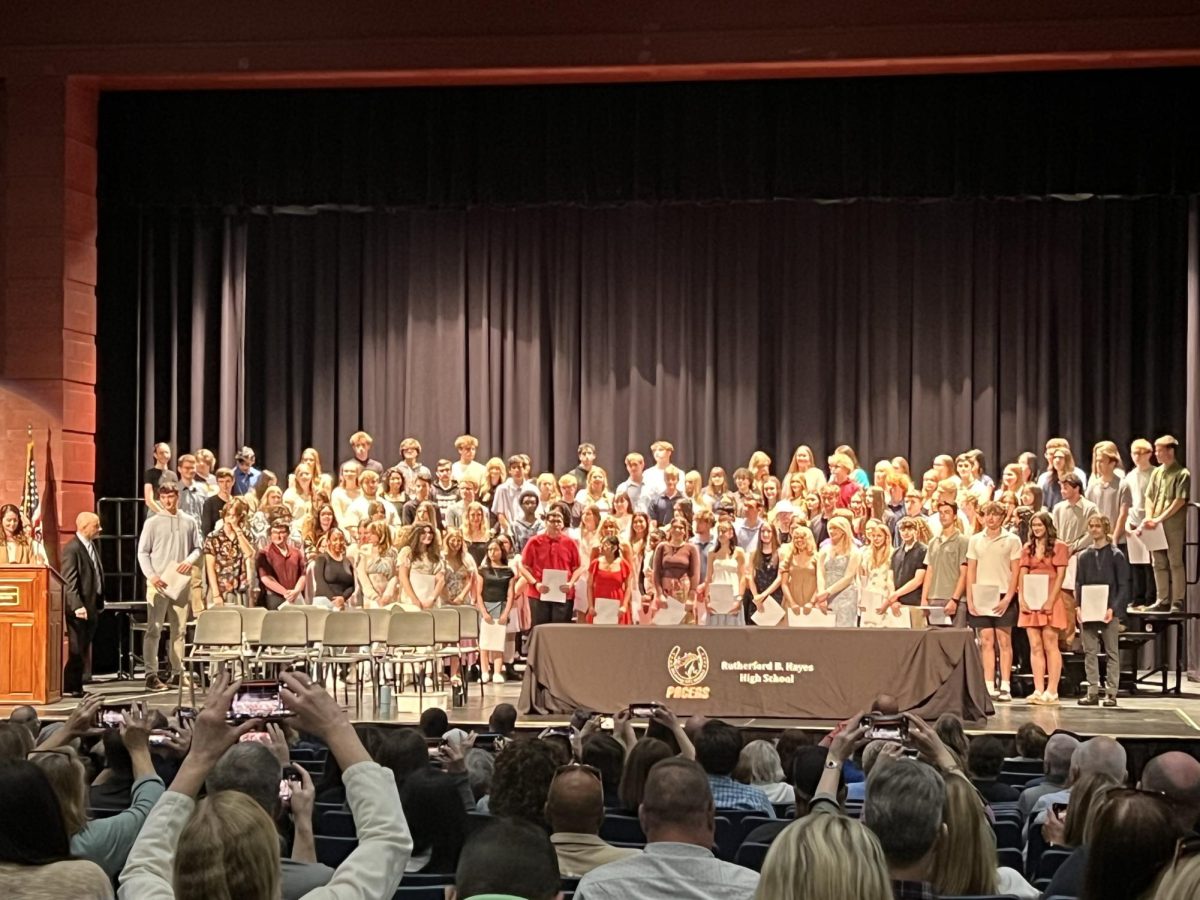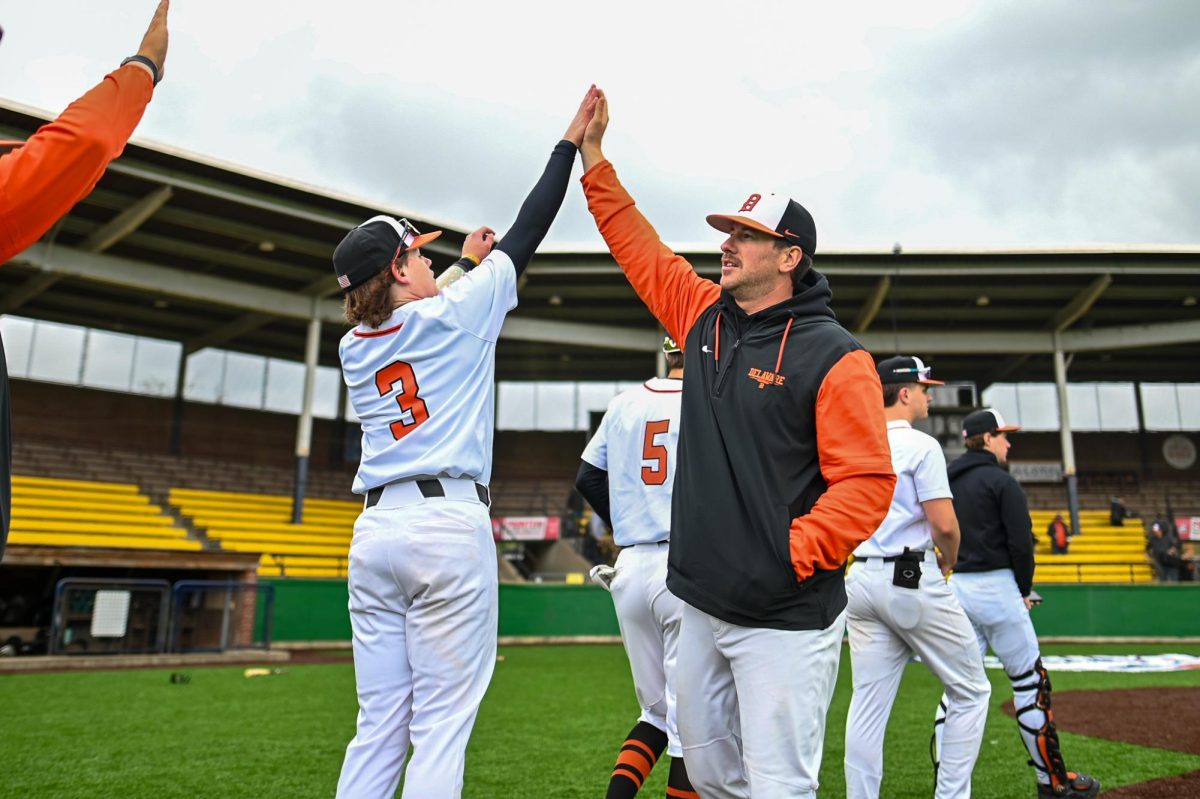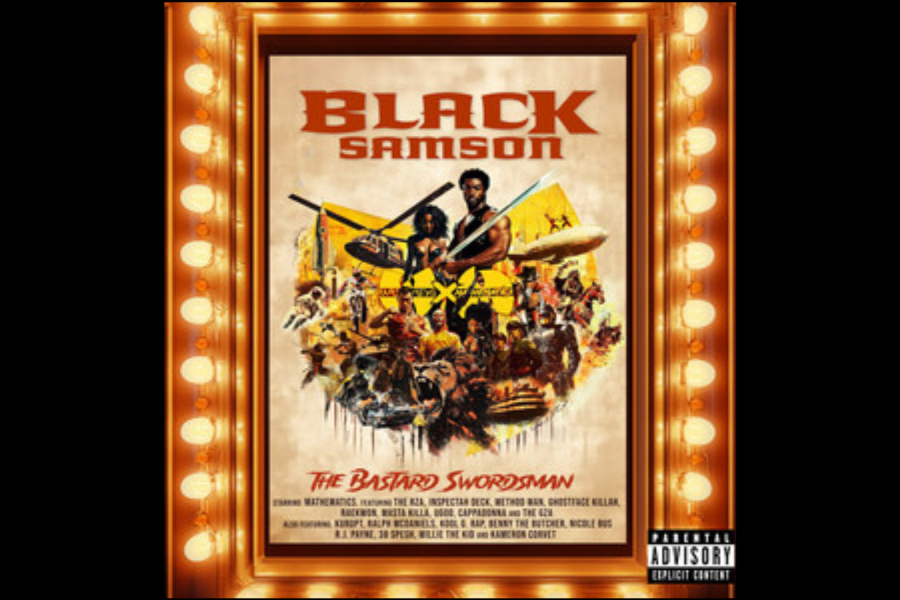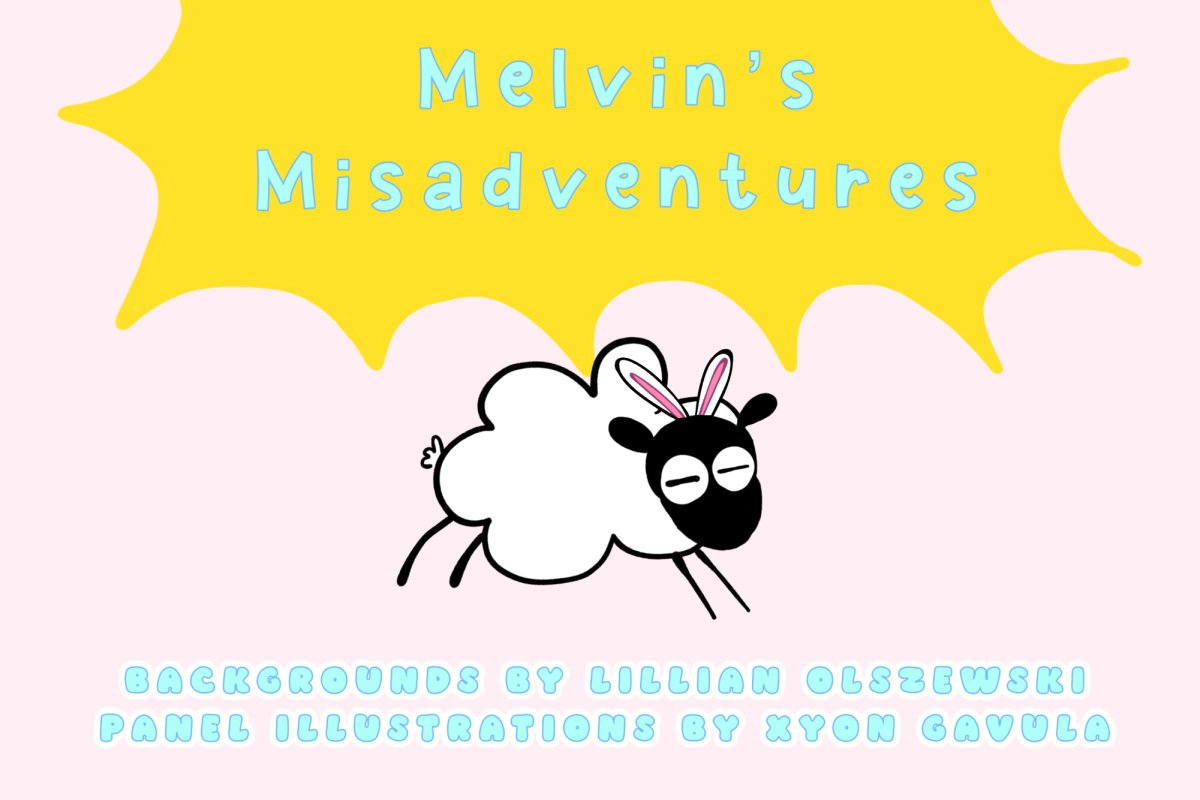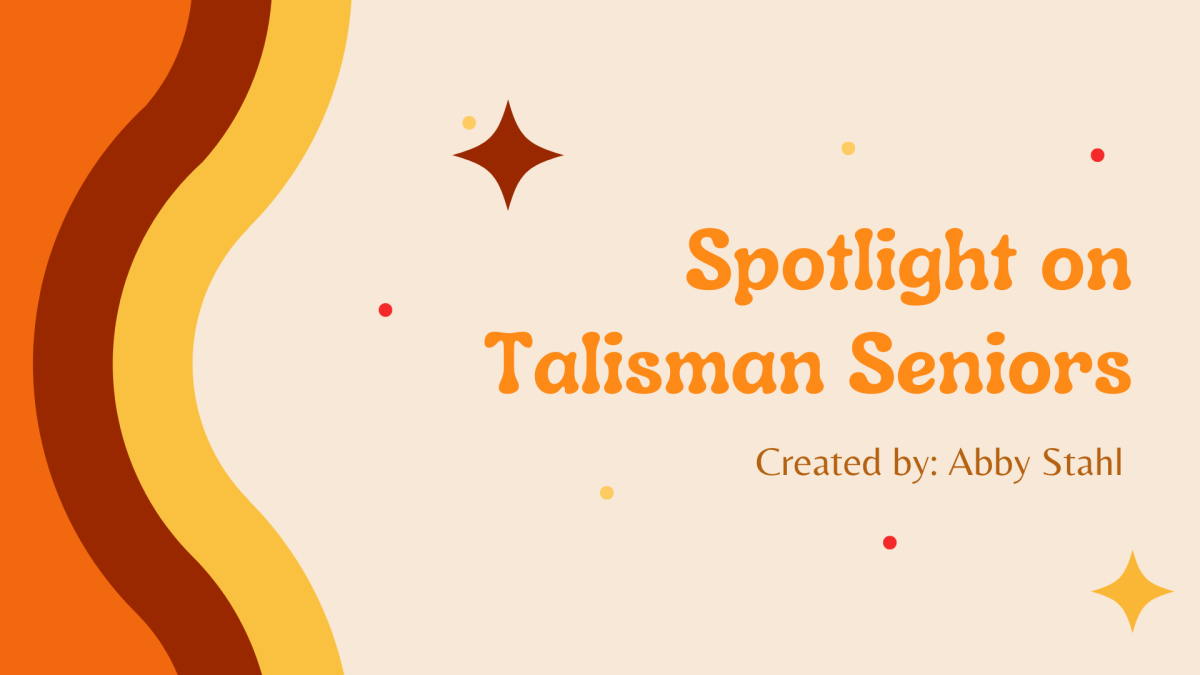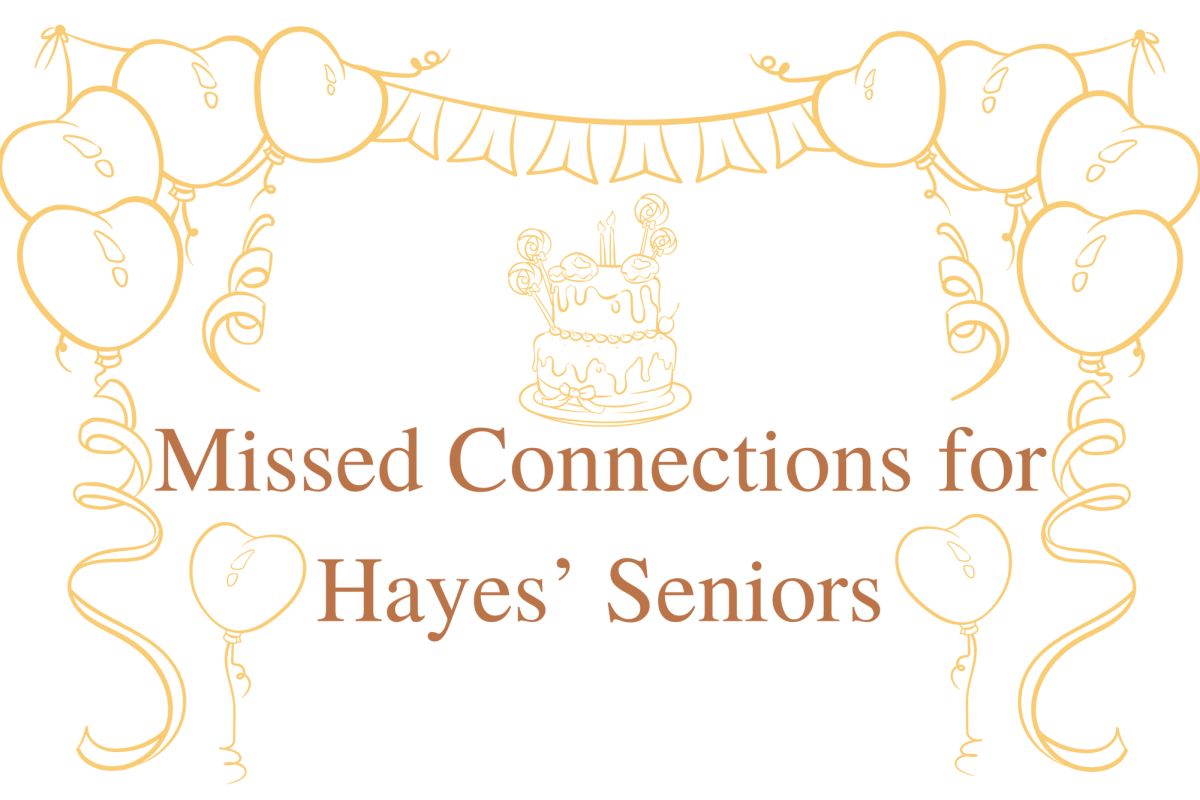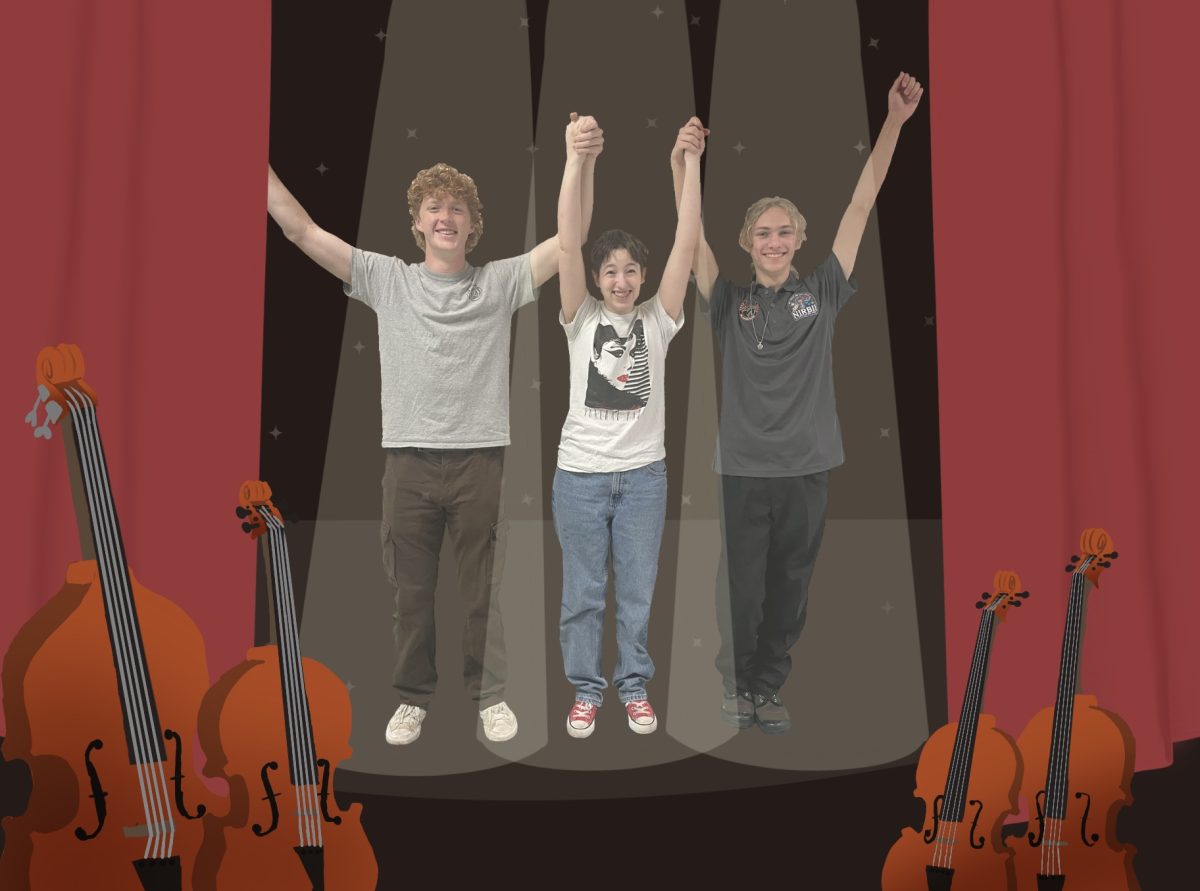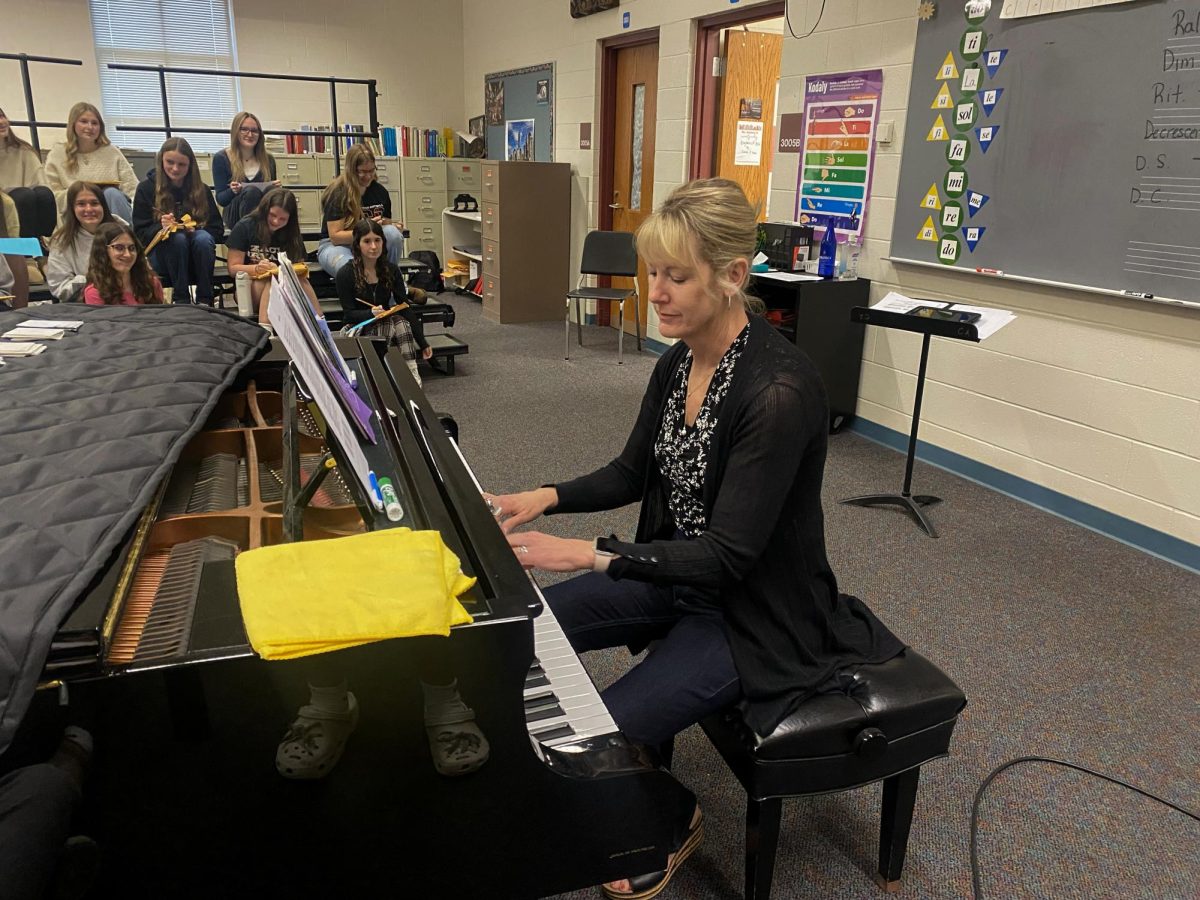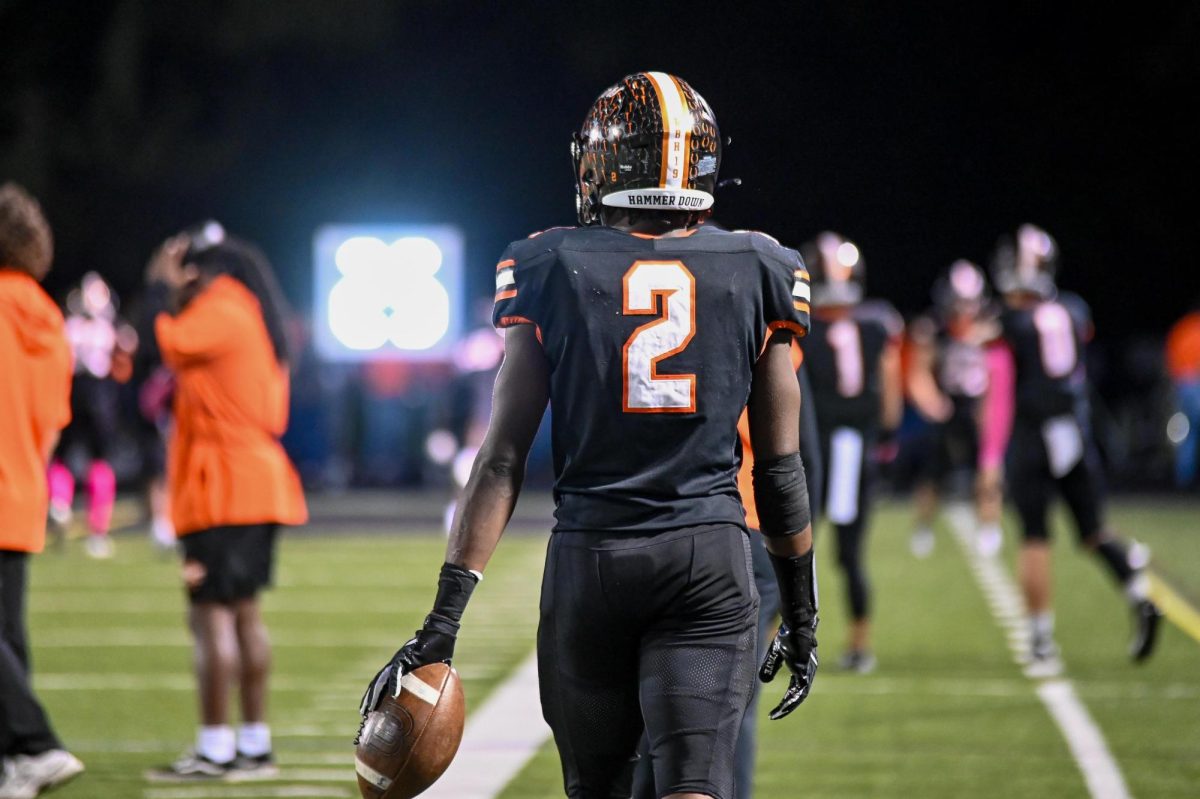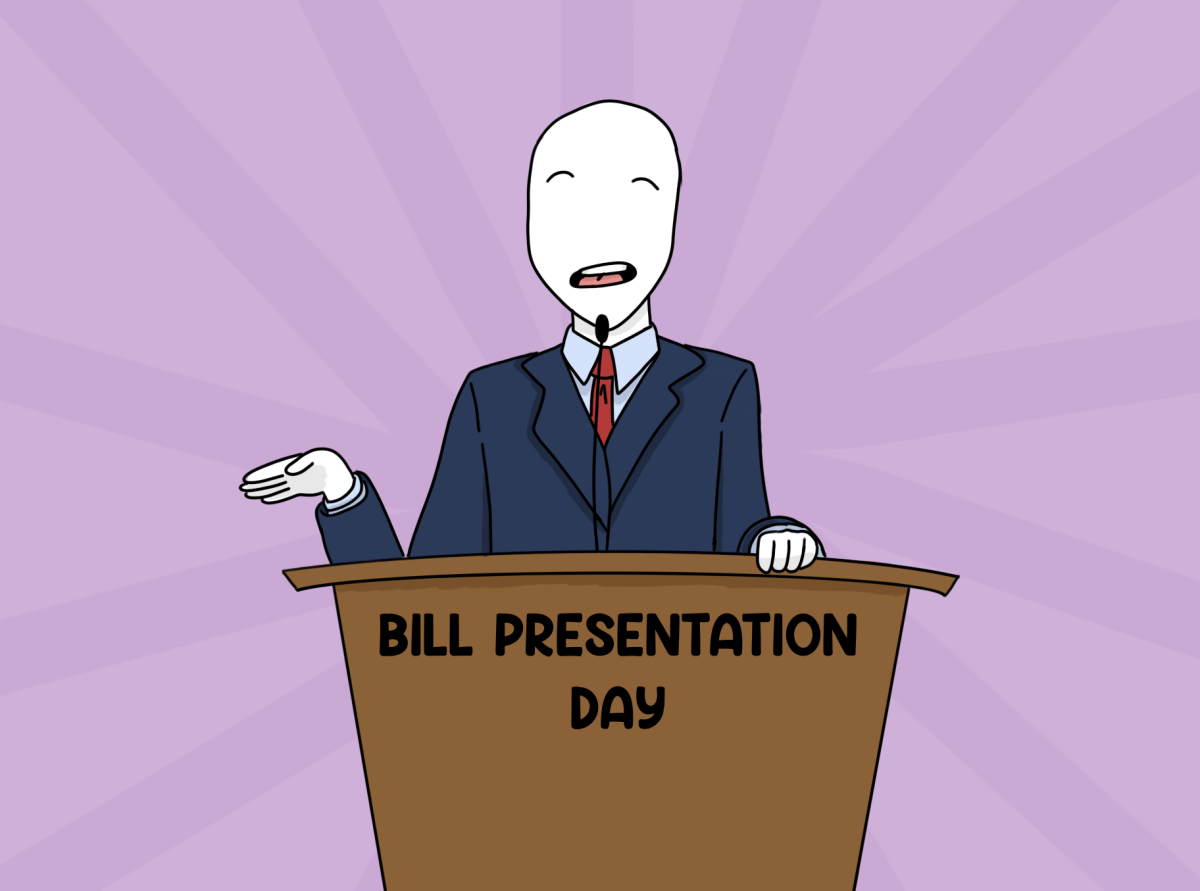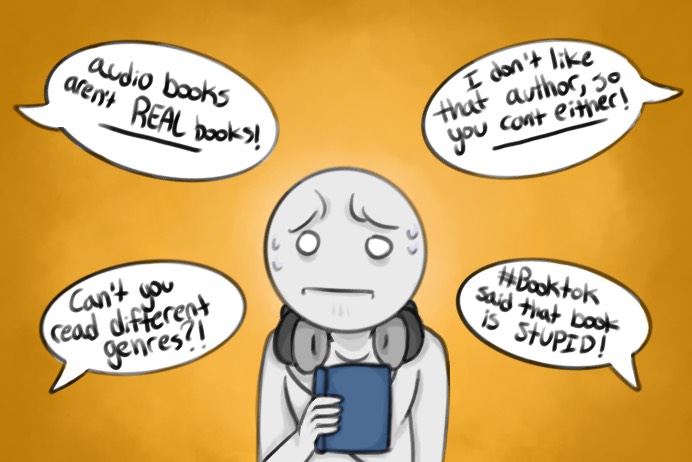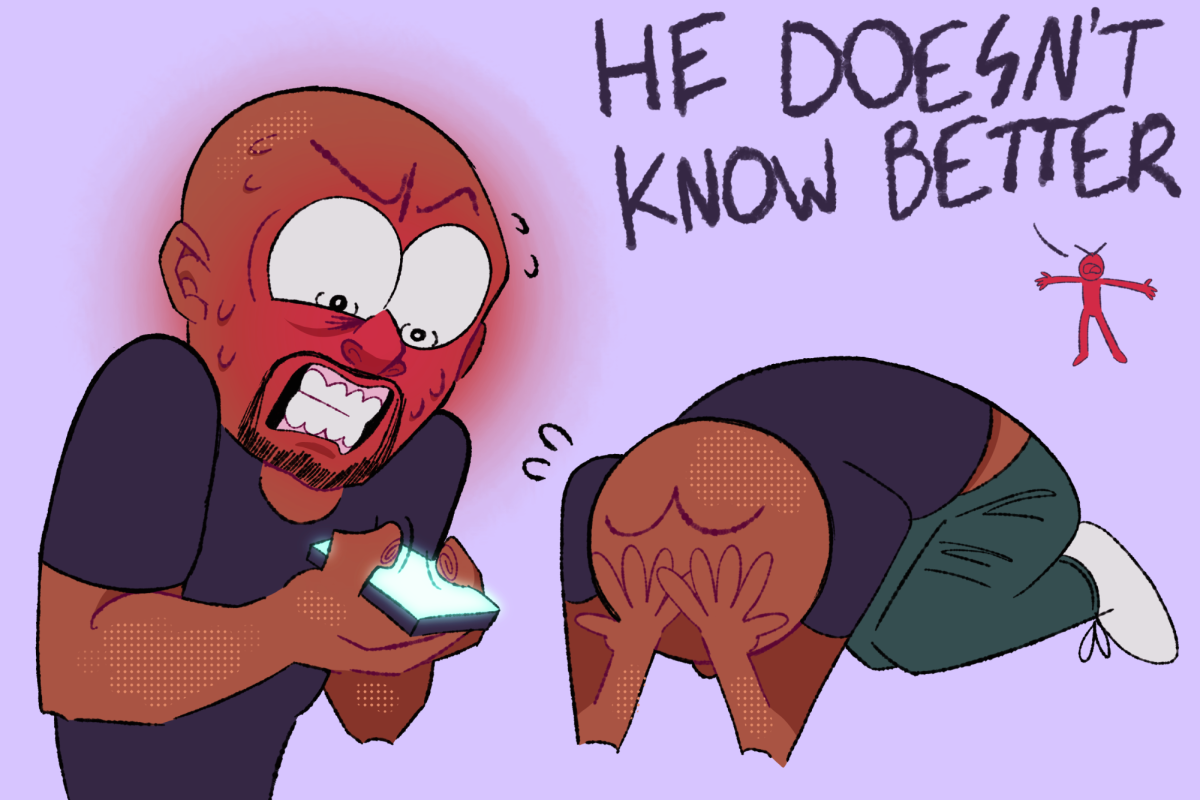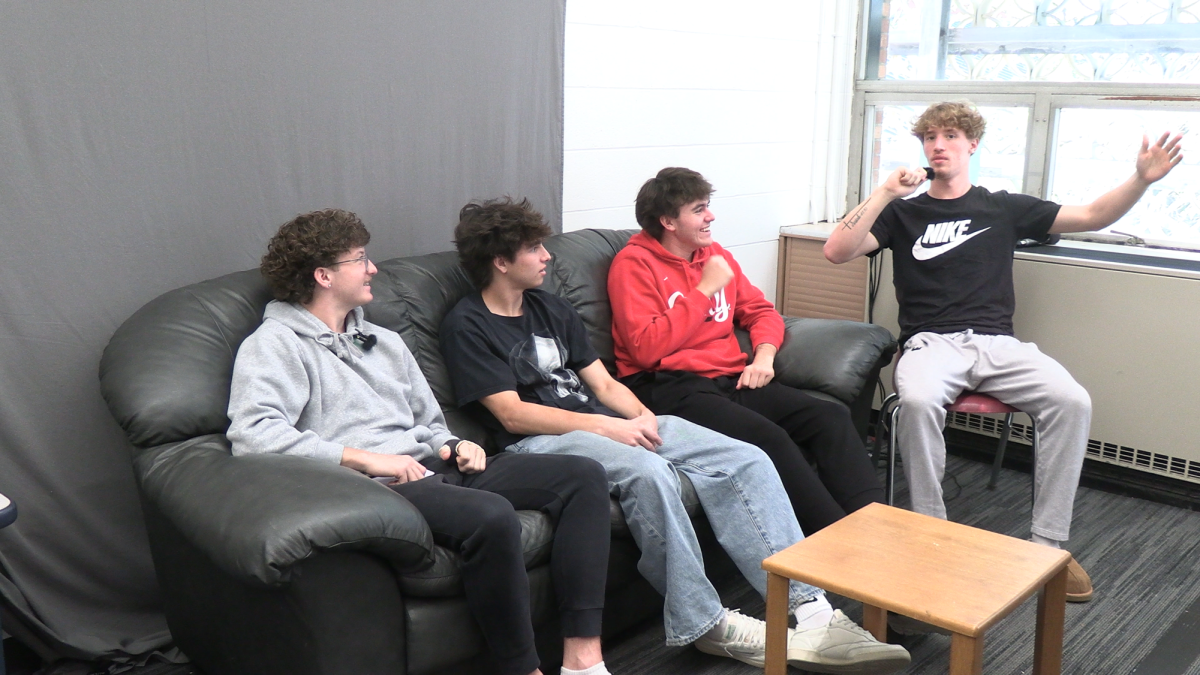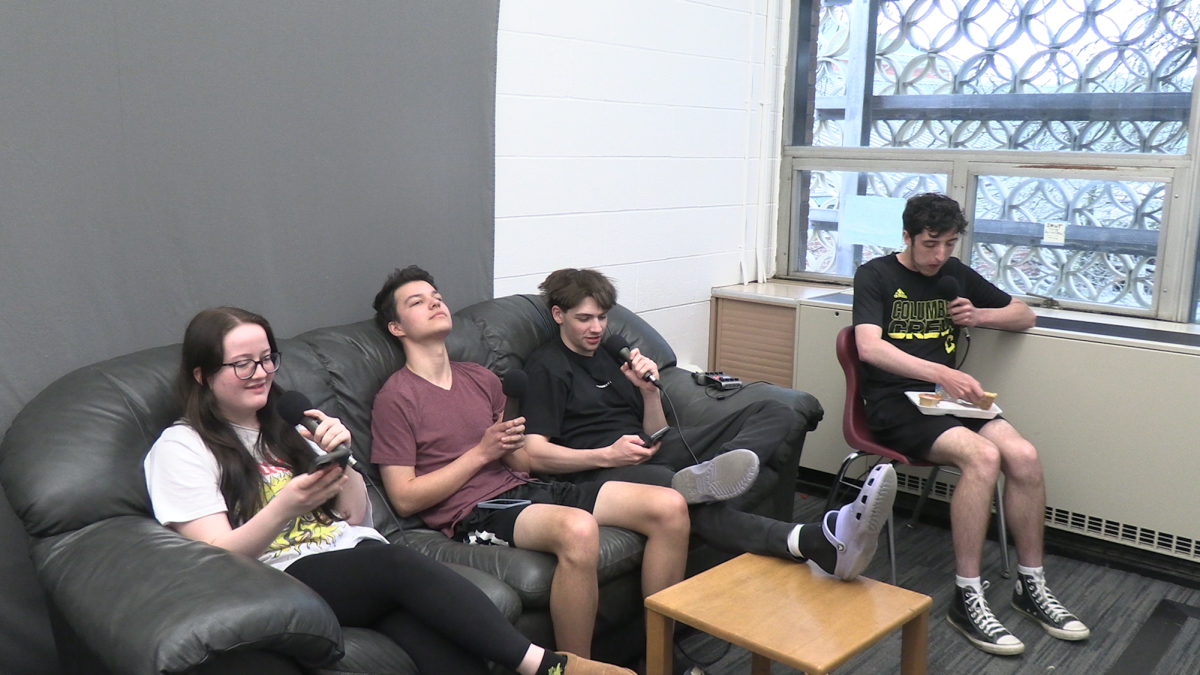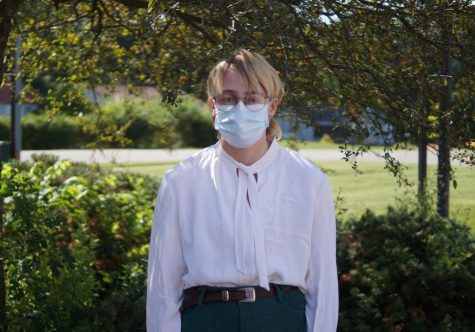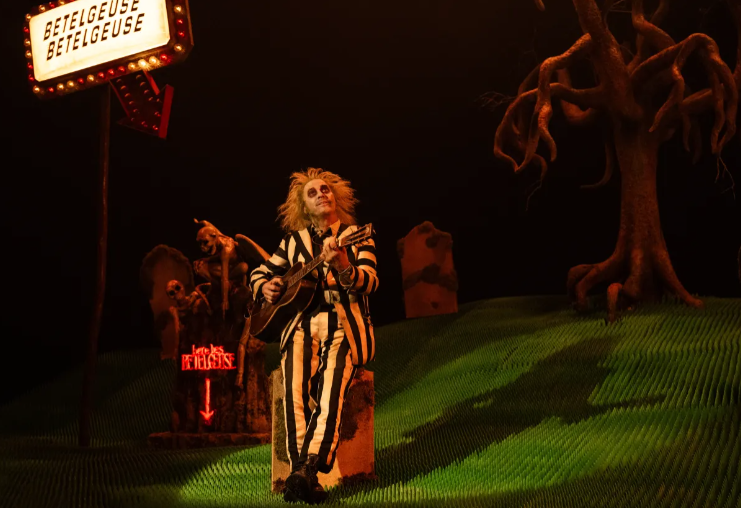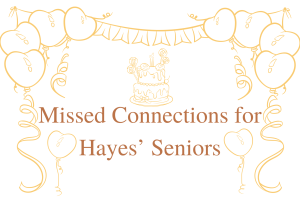Not just for kids: animation deserves respect
Animation is an art medium that requires hard work and skill.
May 10, 2023
In 2001, the Oscars introduced a category for “Best Animated Feature,” definitively separating animation from film and essentially killing any chance that an animated film might have at winning “Best Picture.”
Disney and Disney-distributed films have won the “Best Animated Feature” award 15 times in 21 years. The only anime ever nominated were Studio Ghibli films, with “Spirited Away” winning in 2003. Only one other non-American film, “Wallace & Gromit: The Curse of the Were-Rabbit,” has won the award.
This is absurd, of course. Non-Miyazaki anime exists. Disney, Dreamworks, and Sony are not the only animation studios in the world, and certainly aren’t the only ones putting out good movies. So why the bias?
Well, it seems like Academy members don’t actually care about the “Best Animated Feature” category. In fact, many of them don’t even watch the movies. They just pick whichever film their kids liked.
In fact, over the past 20 years, all of the “Best Animated Feature” winners have been more or less kid-friendly.
In fact, some people—including former CEO of Disney, Bob Chapek—have indicated that they believe that animation can’t be enjoyed by anyone over the ripe old age of 18.
In 2020, Chapek said that parents aren’t going to want to “tune into another animated movie” and that they “want something for them.” Apparently, animation is only for little kids.
Of course, animation is not just for kids. Anyone who believes that should watch the animated show “Invincible” with their five-year-old, a series that appears on the surface to be a typical brightly-colored capes-and-justice superhero show, but instead turns out to be a masterfully written exploration of imperialism with some truly horrifying scenes that would turn the stomach of even the most sadistic Marvel fan.
Or “Arcane,” the 2021 League of Legends series which actually has very little to do with League of Legends and quite a lot to do with psychosis, trauma, state oppression, class conflict, and the question of how far a person should be willing to go for someone they love.
And, speaking of video-game-inspired shows that don’t actually reflect the games they are based on and explore the question of how far a person should be willing to go for someone they love, Netflix’s “Castlevania,” another animated show for adults, explores themes of humanity and inhumanity through the lens of vampires, and has way too much blood and guts in it to be considered “for kids.”
These are all shows, though, not movies. Are there any good animated movies written for a mature audience?
Well, what about the Wachowski sisters’ “The Animatrix,” an animated anthology showcasing nine short stories, each animated in a unique art style? Given the popularity of “The Matrix,” it is surprising that the prequel didn’t get nearly as much attention. It wasn’t even nominated for Best Animated Feature in 2003.
Not to mention that adults can absolutely enjoy “kids’ movies.”
Take “Puss in Boots: The Last Wish,” which, despite being brightly colored and technically an installment in the “Shrek” franchise, includes a surprisingly mature plotline about the titular Puss coming to terms with his own mortality. The main character may be a talking cat, but he’s a talking cat with trauma and panic attacks. Not to mention that this “kids’ movie” managed to create one of the most terrifying villains in modern cinema in its personification (anthro-fication?) of Death.
Or another film with an excellent personification of Death: Guillermo del Toro’s “Pinocchio,” which, being based on the original Pinocchio story, is already pretty dark. The film’s stunning stop-motion animation and detailed, otherworldly character designs are clearly the highlight of the movie, and it completely deserved the Oscar it did win.
As Guillermo del Toro himself has stated, “animation” is not a genre. Animation is a medium, and a very versatile and useful one at that.
Animation allows for much more creativity and fluidity in a movie or TV show’s visual design than live-action does. It does not need to use clunky special effects or poorly integrated CGI for its monster designs or to spice up its action scenes. An animated film can just have it drawn, exactly as it was envisioned. Magic, monsters and sci-fi shine when animated in a way that they just can’t in live-action.
Despite what the most popular form of adult-targeted animation, comedy TV shows, seem to demonstrate, animation for adults does not have to be ugly.
The specific art style an animated feature uses can be invaluable when it comes to capturing a certain aesthetic or feeling.
For example, “Arcane’s” painted 3-D animation is as innovative as it is nice to look at, and its detailed style allows for unique and realistic characters to blend in seamlessly with sci-fi and fantasy elements. The characters’ faces are pleasingly simplified, but complex enough that every emotion is clearly, and sometimes heartbreakingly, visible.
Tom Moore’s “Irish Folklore trilogy,” a series of three movies exploring Irish folklore and mythology, uses its medium to the fullest extent. The trilogy, which consists of “The Secret of Kells,” “Song of the Sea,” and finally “Wolfwalkers” in 2020, is animated in a detailed, illustrative hand-drawn style, with some of the most breathtaking backgrounds to ever grace a screen. Each frame looks as if it could have been pulled right from the pages of a book. The surreal, magical energy of the films simply wouldn’t be possible to capture in live-action.
In “Wolfwalkers” specifically, the medium is used to an even greater extent. When in the town, the art is clean and rigid, but the woods and its inhabitants are drawn in a much messier, sketchier style to indicate their untamed nature. After the protagonist is bitten by a wolfwalker and begins to spend more time in the woods, her lineart becomes messier and messier too, showcasing her growing wildness. This subtle change wouldn’t be possible in any other medium, save comics.
Unfortunately, despite the medium’s versatility, animation is expensive to make—sometimes costing thousands of dollars per minute. After all, each and every frame in an animation has to be thumbnailed, drawn or posed, colored, rendered, and finished by artists.
When streaming services and movie companies prowl for new shows to cancel, animated ones are often the first to go. Cutting expenses is synonymous with cutting the pay of animators, character designers, storyboarders, and background artists.
In a world where more and more animated projects are being canceled, and where cinema is creeping ever closer to becoming a bland dystopia of uninspired reboots and nostalgic cash-grabs, one shining ray of hope remains: independent or “indie” animation.
Some creators, frustrated with the lack of stable opportunities in more orthodox jobs, have begun to create works independently. Sites like Kickstarter or Patreon are used to raise the necessary funds. Without a corporation with a brand to uphold and stockholders to please breathing down their neck, creators have much more freedom to make exactly what they have envisioned.
Many indie shows, like “Helluva Boss” and “Hazbin Hotel,” both created by Vivienne Medrano, are free to watch on YouTube and were financed almost entirely by fans.
The “Lackadaisy” short film, directed by Fable Siegel and based on a comic by Tracy Butler, quickly racked up millions of views after its release in March of this year.
Still, since independent animation relies on the generosity of the public to keep running, it lacks the stability and funding of a studio job. For many creators, indie animation just isn’t sustainable long-term.
If animation as a medium is going to persist, it must be given the respect and appreciation it deserves, both by the fans that love it and by the companies that use it.
Animation is art, and art is important. It improves creativity, soothes mental health issues, and provides an escape for those who need it. If animation is allowed to die, or worse, warp into a series of oversaturated 3-D toddler videos, then what art forms will be next?



